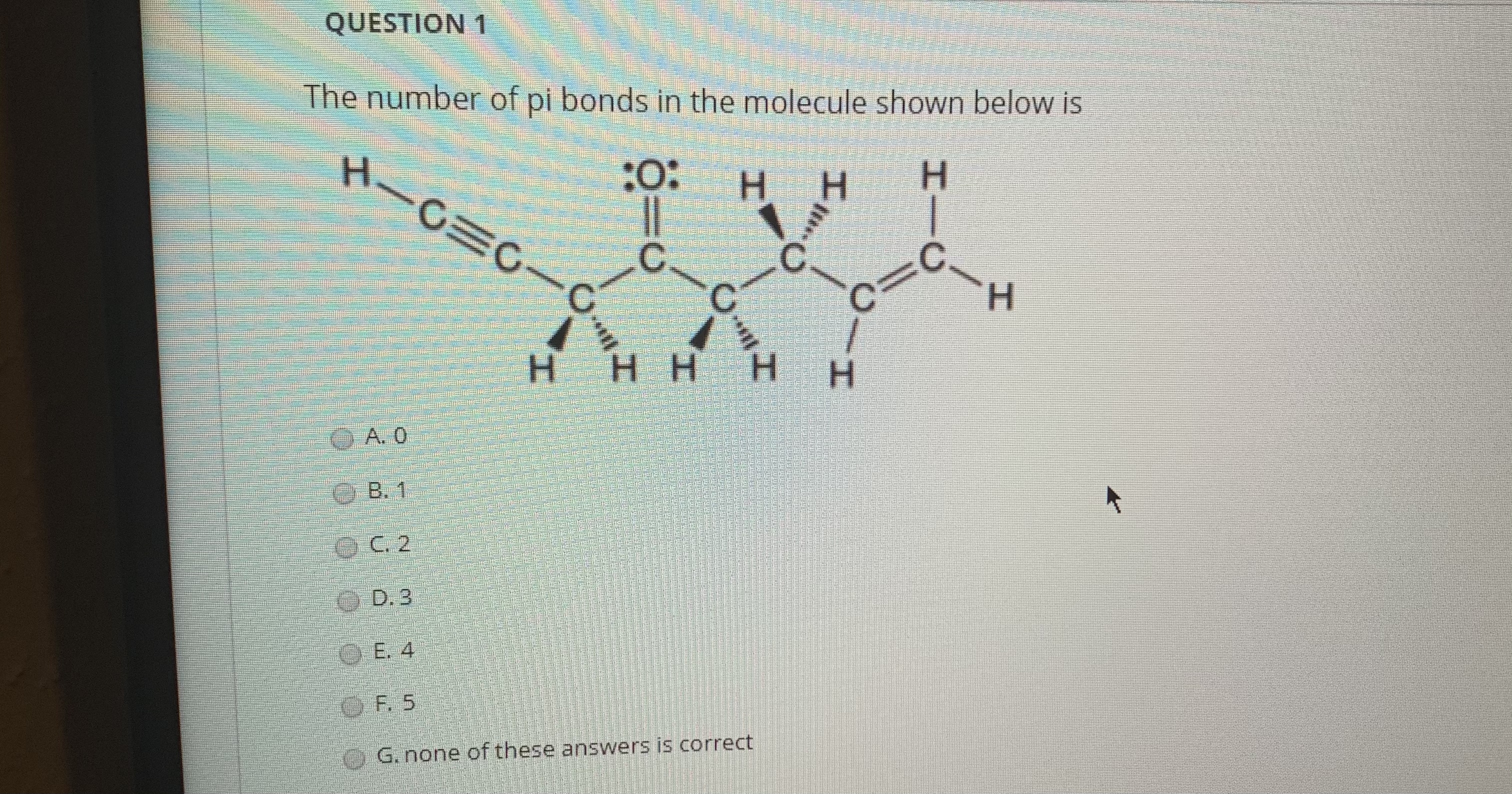

Those who believe that journal IF should not be used in hiring will not be happy with the strong dependence the authors found on the IF of the highest-rated journal you've published in.Ī quick technical note before you dive in: Unsurprisingly, the authors found that the ranking of your current university is important.First-author publications are among the most important predictors of career success (as measured by the probability of becoming a PI)-but middle-author publications are less helpful.With equal credentials, women's probability trails that of men-always.scientists ever achieve.īefore inviting you to play around with the app yourself, we will point to a few results you can look for: In playing with the numbers-see below-it quickly becomes apparent that, measured in this way, PI-ship is a much easier thing to achieve than, say, a faculty position at a research university-which only a small fraction (perhaps 20%) of all Ph.D. What does it mean to be a PI? The authors figured that if you're in the last-author spot, you're probably in charge of the project, so they used that-last-author position on a paper-as a proxy for PI-ship. (This is a simplified version of the model. All of this depends on your seniority, as measured by the number of years that have passed since your first, first-author publication, so that's included, too. The authors of the article devised a short list of factors that appear to have an outsized impact on your career progression: h-index first-author publications, citations of your most-cited first-author paper total number of publications the impact factor (IF) of your highest-impact journal and the world ranking of the university you work at. With equal credentials, women's probability trails that of men-always. (See our Q&A interview with the authors and related coverage at Science.) David van Dijk, the article's first author, and this correspondent built an app that allows you to input your data and calculate your own odds. is a mathematical constant, the ratio of a circle’s circumference to its diameter. Using this calculator, you can find the logarithm of a number, raise to a power, find a root square and, moreover, a nth root. Today in Current Biology, three early-career scientists-two postdocs and a new principal investigator (PI)-published a paper that uses data scraped from PubMed to calculate the odds of becoming a PI. A scientific calculator supports calculations of trigonometric functions, such as sine, cosine, tangent, cotangent, etc.
#SCIENTISTS CALCULATE PI TO LICENSE#
Credit: Flickr, distributed under a CC BY-NC-ND 2.0 license


 0 kommentar(er)
0 kommentar(er)
